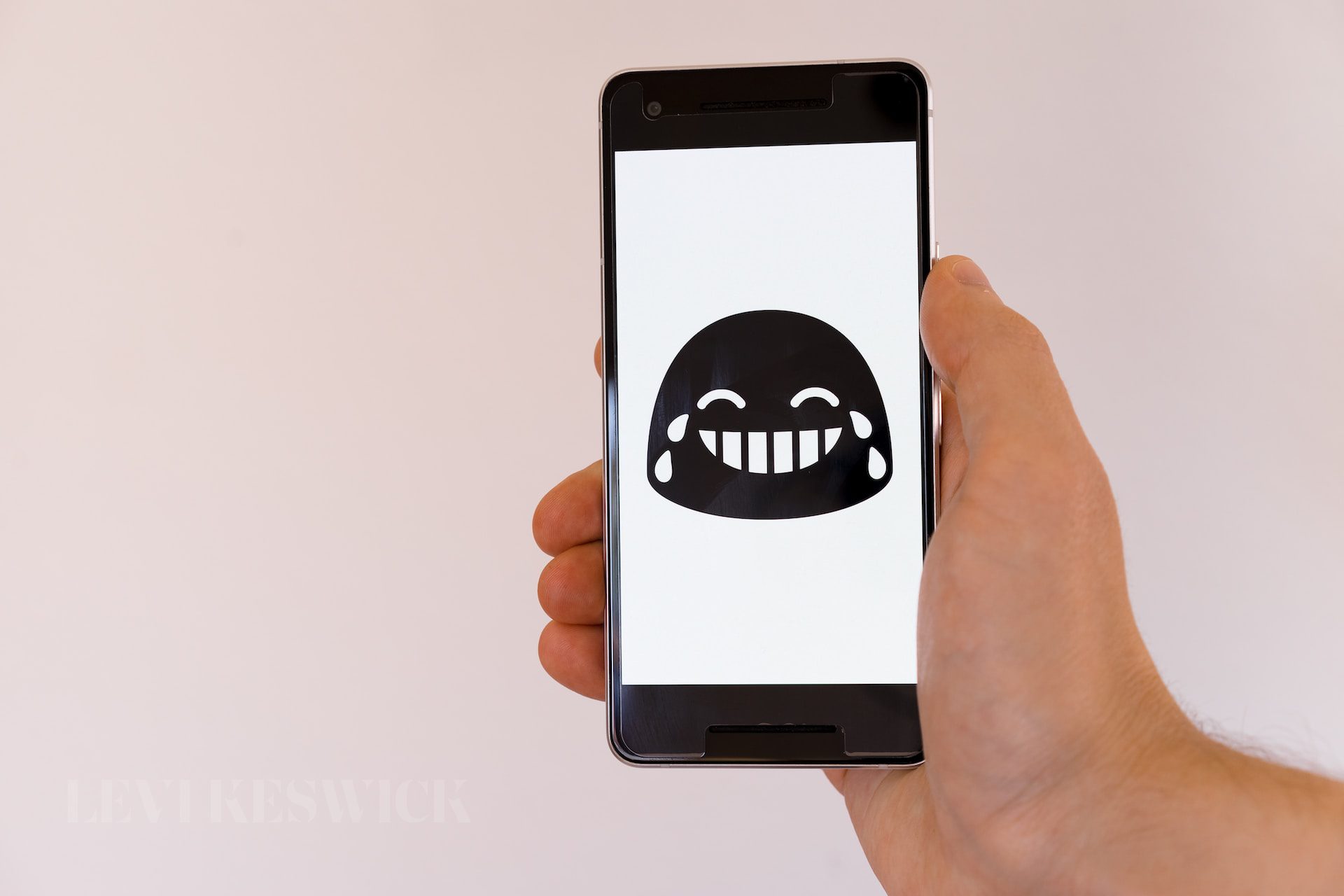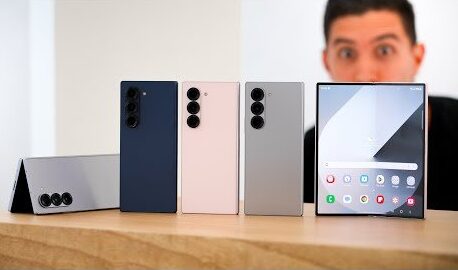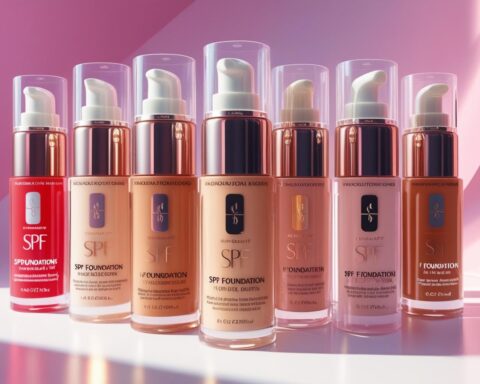Key takeaways:
- Brands utilize April Fool’s Day to create buzz through clever and outrageous pranks
- Some pranks have been highly successful, while others backfired significantly
- The Swedish clothing brand’s prank involving Mark Zuckerberg is a notable example of a successful prank
The Swedish Clothing Brand Which Fooled Fans: Mark Zuckerberg for H&M
In an innovative and amusing prank, a Swedish clothing brand claimed to have collaborated with Facebook CEO Mark Zuckerberg to launch a line of plain gray t-shirts and blue jeans. With the tongue-in-cheek tagline, “One less thing to think about in the morning,” the prank played on Zuckerberg’s famously simple wardrobe and garnered significant attention online.
Pornhub’s Corny Makeover
The popular adult site Pornhub rebranded as “Cornhub” for April Fool’s Day, presenting users with images of corn and suggestive titles. Although the regular site remained accessible, the prank caught many users off guard and generated a lot of buzz.
Duolingo’s Fluency Pillow
Language learning startup Duolingo advertised a spoof pillow that claimed to make users fluent overnight. Despite the $99 price tag, the prank resonated with people who wished they could magically become fluent in a new language.
ThinkGeek’s Sensory VR Device
Online retailer ThinkGeek unveiled a fake sensory immersion generator for virtual reality, which would produce smoke or spray water on users. The catch? The device still required a friend to manually create these effects.
Olacabs’ Mobile Rooms
Indian ride-sharing startup Olacabs announced that it would convert its cars into on-demand rest spaces for weary travelers. The prank ironically resembled the actual business model of Breather, an on-demand room booking app.
Vibrator Company’s Connected Cat Toys
Lioness, a startup that makes vibrators for “empowering self-discovery,” announced a fake pivot to smart cat toys. The prank played on the growing trend of connected pet devices and highlighted the company’s commitment to innovation.
Jesper: The Ultimate Minimalist Watch
A faux Kickstarter campaign for Jesper, a watch so minimalist it didn’t tell time, attracted several backers and showcased the absurdity of extreme minimalism in design.
Lyft’s Prank Mode
Ride-sharing company Lyft introduced a temporary “prank mode” where users could request that a driver play a practical joke on an unsuspecting friend. The prank resulted in some hilarious and memorable moments.
Honda Civic’s Emoji License Plates
Honda Civic unveiled fake plans to introduce emoji license plates in the UK, claiming there was a demand for a new kind of plate among younger drivers. The prank played on the growing influence of emojis in modern communication.
Google’s ‘Mic Drop’ Email Feature
Google’s April Fool’s Day prank backfired when its ‘Mic Drop’ email feature, which allowed users to respond to messages with a GIF of a minion dropping a microphone, caused some users to lose job opportunities or alienate their bosses. The feature was quickly removed.
In Conclusion: The Power of a Well-Executed Prank
From the Swedish clothing brand which fooled fans with its Mark Zuckerberg collaboration to Google’s controversial ‘Mic Drop’ feature, April Fool’s Day pranks can generate significant buzz for brands if executed correctly. While some pranks may backfire, others showcase creativity, humor, and a willingness to take risks that can leave a lasting impression on consumers.








